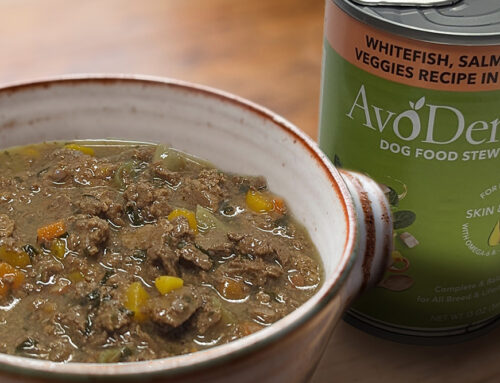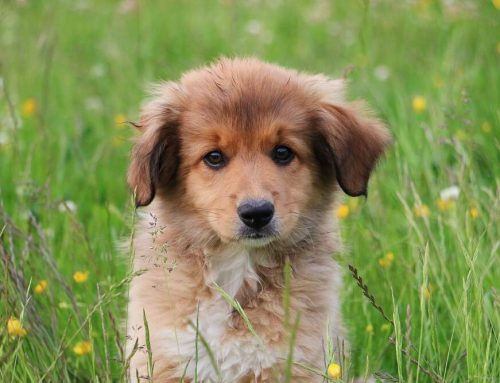How many times do you see a cute dog, wanted to give it some love, but were totally taken aback by the smell of its breath? It happens far too often. Dog owners everywhere know what it’s like to deal with smelly dog breath, especially due to the fact that dogs are prone to gross behavior.
It can be difficult to know what to do when your dog has bad breath without entering the danger zone. It’s certainly a problem that you, as their owner, will want and need to work through before it becomes a more serious issue. Learn the easiest ways to begin tackling this problem and get to work so your dog can return to enjoying all the love and affection their pure little hearts deserve.
What’s dog breath like?
If you’ve somehow escaped the horrible stench that is dog breath up until now, you might be wondering what all the fuss is about.
Imagine this: You’re sitting on the couch, relaxing after a long day at work. Your dog approaches you and wants to cuddle. Because you are a loving dog owner, and you could use a good cuddle, you make the motions to invite them to sit with you. Any dog owner knows that dogs don’t understand personal space. When they sit with you, there’s not a lot of breathing room, if you will.
While you may have invited them up thinking it would be a pleasant time, suddenly they become overheated due to the lack of space and begin to pant. A stench fills the air that resembles day-old garbage… mixed with post hot yoga armpits… mixed with the stench of a dead body. There’s no denying it — dog breath is pretty rough.
Bad Breath Varies by Breed
There’s no direct reason for certain breeds to have worse breath than others. However, smaller dogs and toy breeds tend to be more susceptible to gum disease which is one of many causes of bad breath.
Dog breeds that tend to have more hair around their mouths tend to hold bacteria in this area as well, causing an unpleasant smell to linger. When it comes down to it, certain breeds should not be ruled out because of their potential for bad breath. That’s why it’s important to treat your dog’s diet with proper care based on their own specific needs. That way, any breed can have fresh breath.
Managing Your Dog’s Hygiene
Depending on your dog’s personality and gum sensitivity, brushing their teeth can be anywhere from a breeze to an outright wrestling match. However, one of the best ways to prevent and manage bad breath in your dog is to brush their teeth, tongue and cheeks daily. It is absolutely worth the trouble to get rid of the smell and ensure your pet’s health and comfort.
Daily tooth brushing, combined with regular professional dental treatments, will be a major boon in keeping bad breath at bay. If you begin to brush regularly and do not see any signs of fresh breath on the horizon, you will need to consult your vet to discover the underlying cause.
Give a dog a bone
Though dog bones don’t directly impact the smell of your dog’s breath, they do help your dog clean their teeth. Experts recommend that the bone be big enough to keep your dog busy for at least 15-20 minutes. This will give the gums a chance to be massaged.
What’s up doc?
Carrots are a super natural way to clean your dog’s teeth. The crunch of a carrot is the perfect texture, not to mention it’s a refreshing vegetable by itself. If your dog is not interested in gnawing on a plain carrot, try slicing it up into small pieces and including it in their food.
It’s mint to be!
Another great way to mix up your dog’s diet is to add some herbs to their food. It will add flavor and the best herbs to include are parsley, sage and mint. Help the herbs stick to your dog’s dry food by tossing in some olive oil. This will ensure that when your dog cleans the plate, they are also cleaning their mouth.
Vet Visits
It’s important to take your dog to the vet if you have tried the methods. While most cases of bad breath are minor and come with an easy solution, your vet is the best resource to get the answers you need.
Dog breath can be bad, but waiting to fix it is worse. When your dog begins experiencing bad breath, be sure to address the situation and work with your vet to find a solution as soon as possible. You and your dog will be glad you did it!





